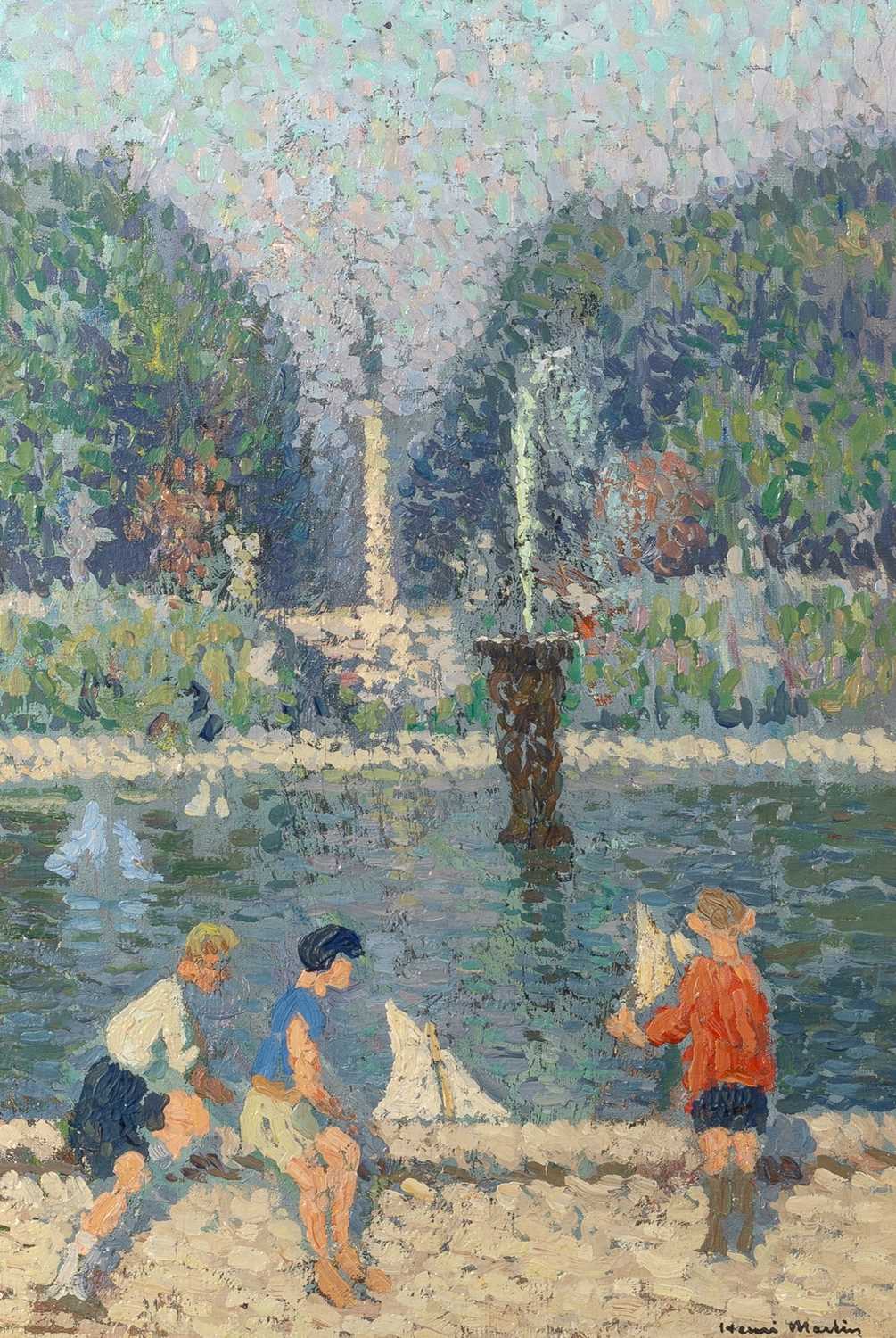
Henri-Jean Guillaume Martin
French, 1860-1943
Henri Martin was born in 1860 in Toulouse, France, to a cabinet-maker father and Italian mother. He trained at the École des Beaux-Arts under Jules Garipuy and, in 1879, moved to Paris to study with Jean‑Paul Laurens, establishing the academic foundation that shaped his early style. Martin's breakthrough came in 1883 when his Françoise de Rimini earned a first-class medal. A scholarship trip to Italy followed in 1885, where encounters with early Renaissance paintings from Giotto and Masaccio inspired a shift in his technique. Moving beyond strict academicism, he began to develop a visual language grounded in Symbolist ideals and refined through Divisionist brushwork.
While his early works reflected allegorical and mythological themes, Martin's mature output focused on tranquil landscapes and village scenes, particularly those painted at his estate in Labastide-du-Vert. These canvases, rich in diffused light and rhythmic brushwork, remain hallmarks of his practice.
Martin received major public commissions throughout France, including decorative murals for the Capitole de Toulouse, the Sorbonne, and the Palais de Justice. His recognition included the Légion d’Honneur and membership in the Académie des Beaux-Arts, affirming his stature among the leading French artists of his time. He died in 1943, leaving behind a deeply personal vision that bridges academic tradition with the sensibilities of Post-Impressionism. Today, Martin's work continues to attract collectors drawn to its harmony and enduring sense of place.